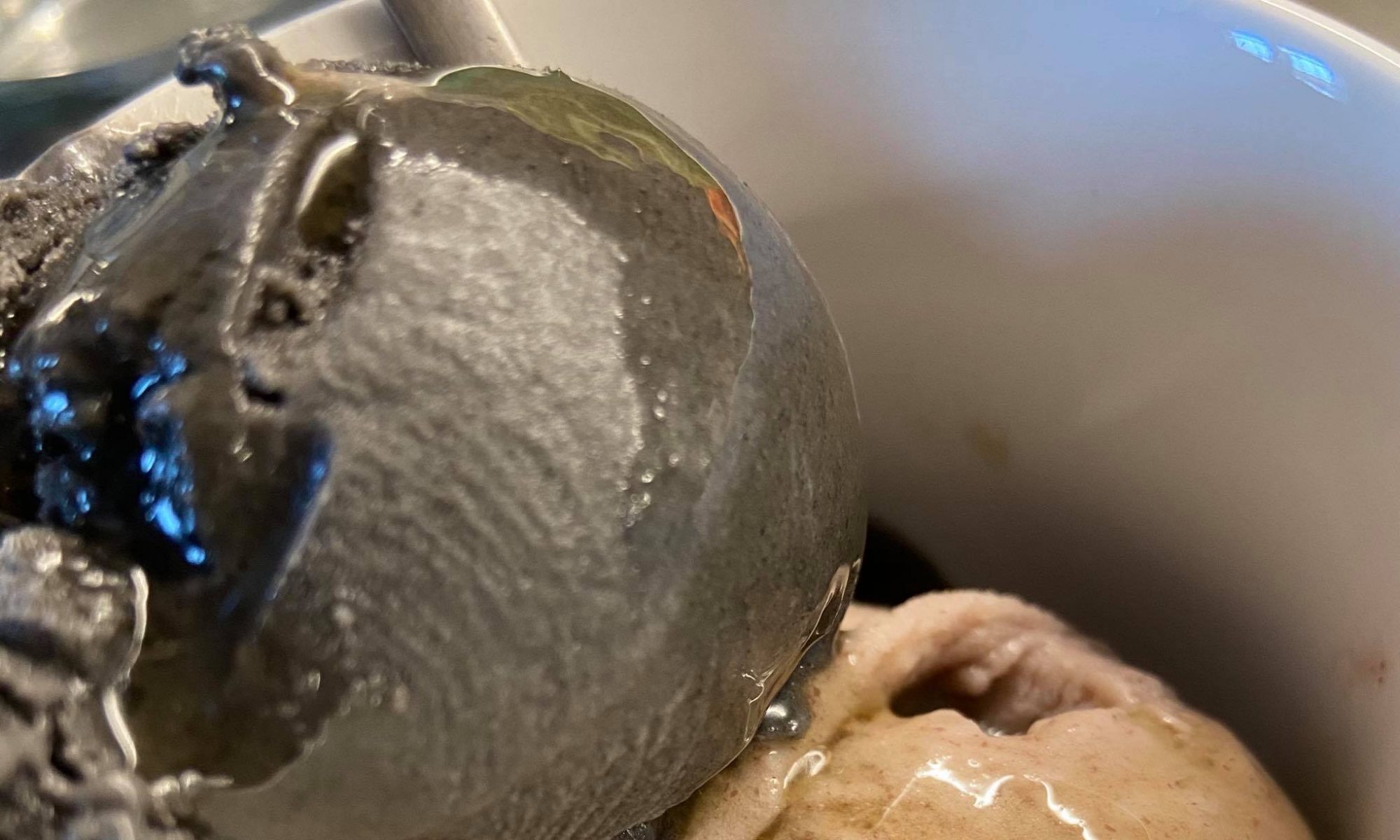As I transitioned to a vegan diet, I realised I had to learn a whole new set of skills. My first trials were extremely bland, did not have the correct texture, and nobody was happy…
I thought I had to start looking into more detail into what is going on when we cook – my chemistry background and interest for science helped me and I was able to start making dishes that everybody appreciated. Phew!
In this process, I realised a couple of things – the first is that it is difficult to convince people to change their diet if their experience is not good; the second is that what became obvious to me was for many people clouded by mystery and suspicion.
As a chemist, I have always been very sensitive to the suspicion surrounding ‘chemistry’ – I get so annoyed when somebody talks about stuff which is ‘natural’ without realising that nature IS chemistry and often the only difference between a ‘natural’ and an artificial ingredient is related simply to its degree of purity! I will spend some time on this subject in the future, I suspect…
Anyway! Having realised those things, I decided to put some of the material I studied together, in order to share what I have learnt in the process with others. I created a short introductory course to the science of cooking – ca 9 hours during which I explain the physico-chemical cooking behaviour of the main food components. Through the modules we will look into:
- proteins and their binding, foaming and emulsifying properties
- fats and their emulsifying and organoleptic properties
- carbohydrates – including sugars and fibres and their binding properties
And having understood how the macronutrients behave, we shall develop an understanding of how to replace animal-derived ones with pant-based ingredients.
This is not a cookery course. But you will become more aware of how the choice of ingredients impact on a dish, and what to choose to make everybody happy at the table – vegan or not!
The course starts from theoretical bases and moves into the practical aspect, providing useful knowledge not only to those who want to deal with “free-from” cooking, but to anyone interested in a better understanding of what happens when cooking.
Three lessons (about three hours each):
– The chemical-physical structure of macro-foods and fibers: not only the nutritional aspect of proteins, fats, and carbohydrates but structure and properties. Amino acids, fatty acids, sugars have completely different structures and it is from their diversity that the properties of the complex molecules that make up our food stem.
– The cooking behavior of macro-foods and their organoleptic properties: knowing their characteristics allows us to transform – for example – a mayonnaise or a traditional short crust pastry into their plant-based equivalents; a deeper knowledge of the structure of foods allows us to understand how to replace butter in a plant-based preparation, which starch is best suited to thicken a cream, and much more. You will understand the effect of acid in the preparation of meringues, how to keep the color of an aromatic herb alive, why baking soda is more useful than sugar in the preparation of tomato sauce, the use of fibers beyond nutritional aspects.
– In the last part of the course we go through concrete and practical examples of culinary preparations, as well as seeing how to replace ingredients of animal origin with plant-based ones yet maintaining the organoleptic experience to which a culinary tradition based on meat, eggs and dairy products has accustomed us. We will understand how a gluten-free dough can be prepared and how, instead, gluten can be used it to replace meat. We will also see how to and prepare some basic ingredients of plant-based cuisine and why it can be a good idea to take the time to do that.
Finally, we know how the four basic tastes allow us to create appetizing dishes but the knowledge of the “fifth taste”, the flavor or umami, is not easily replicable in plant-based preparations. The breakdown of this flavor into its fundamental elements allows us to “reconstruct” it and therefore to replicate, even if not completely, this fundamental organoleptic component.
We will also talk about oleogustus, and its important evolutionary role.
The course is of obvious interest to those who are thinking about transitioning to a plant-based diet, but any cook will be stimulated in their creativity and become more confident in being able to meet any need.
Explanations are technical and detailed but do not require prior knowledge of chemical science, so everyone should be able to enjoy the course (also, you can interrupt me any time if something is not clear!).
The course is online (Zoom platform) and is run synchronously, not pre-registered. I strongly believe in direct interaction, which allows for exchange, discussion, mutual enrichment through questions and doubts.
Due to time zone differences, it is difficult to set fixed dates/times so the course will be generally run on a one-to-one basis at a cost of 150 Eur/170 USD. If a group of 2+ people is formed, the cost is 120 Eur /140 USD per person. I issue a regular tax-deductible (if applicable) invoice. If this seems like a lot, remember that you will understand the inside-outs of food science, and that I remain available for all your questions after the course!
